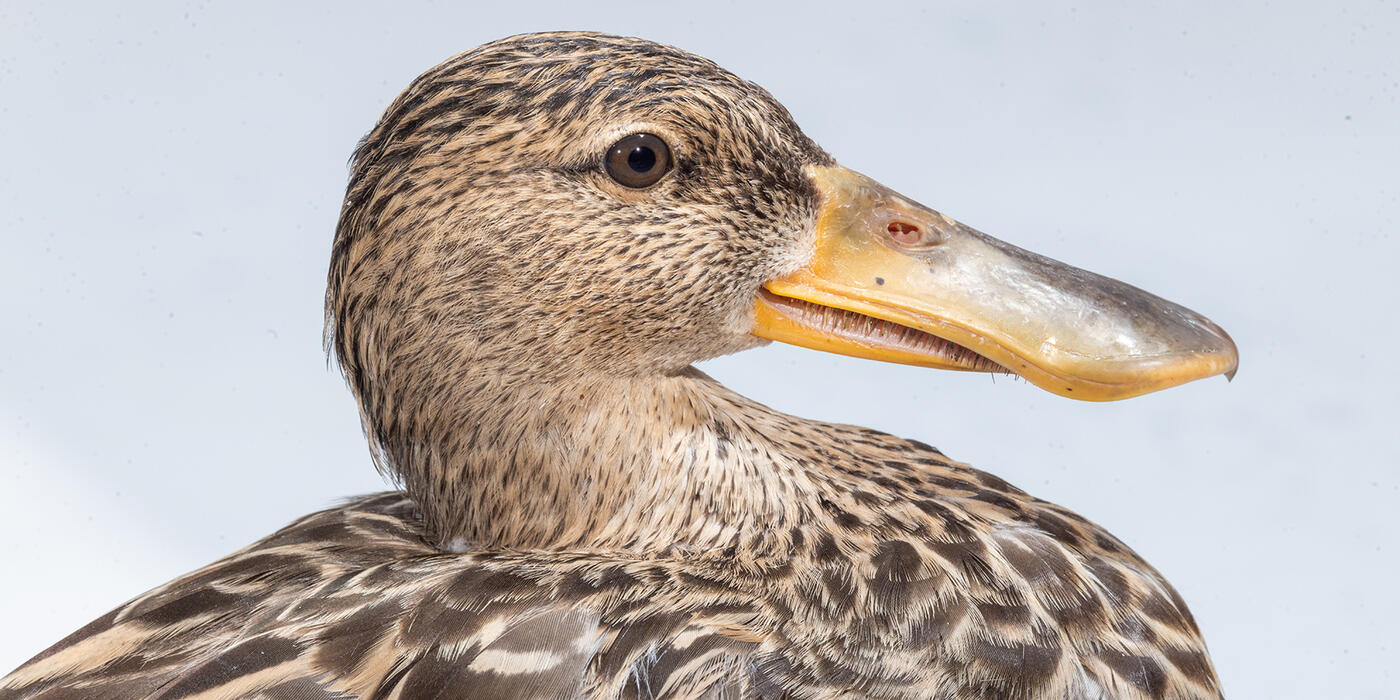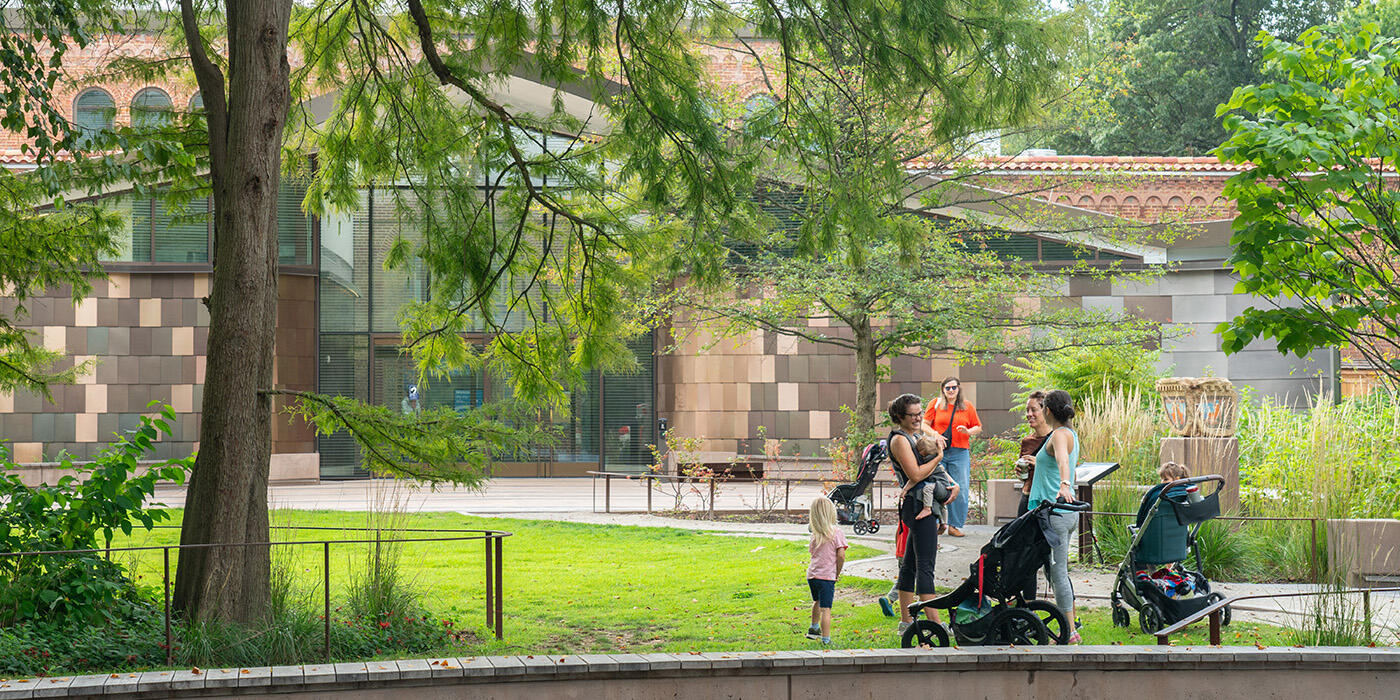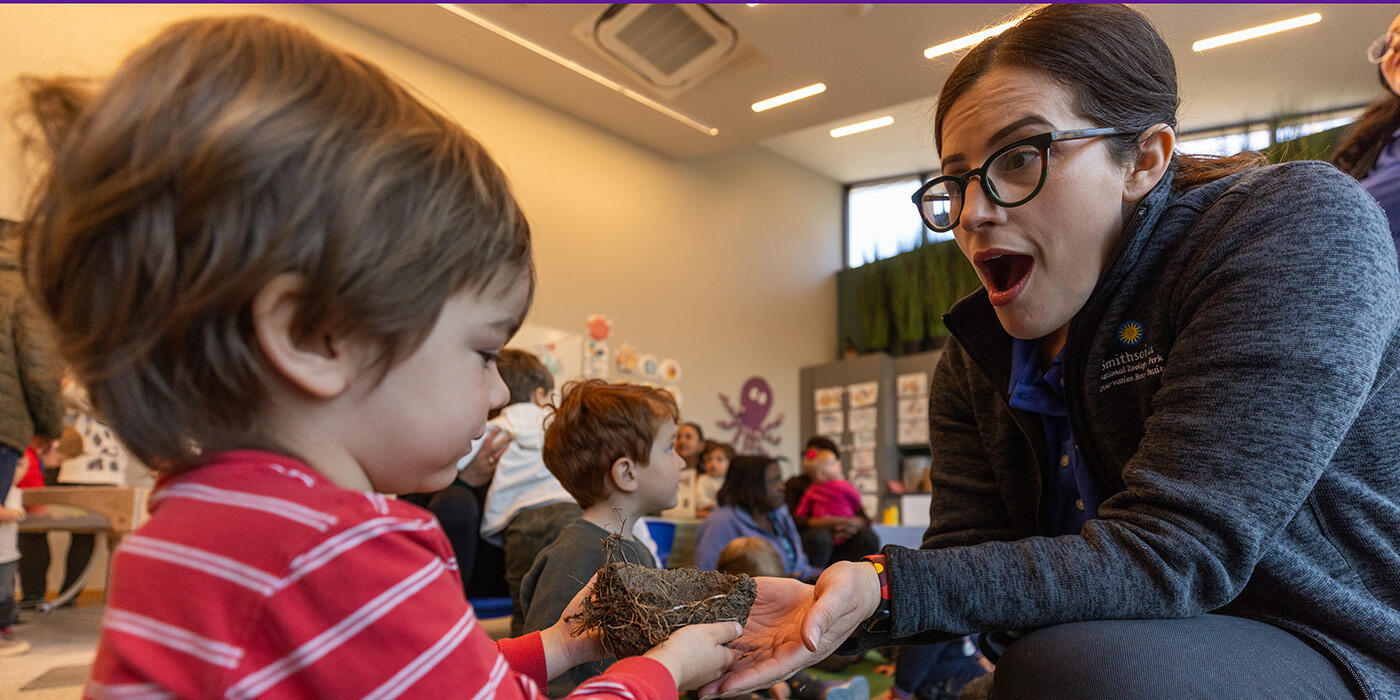How to Care for Wood Thrushes
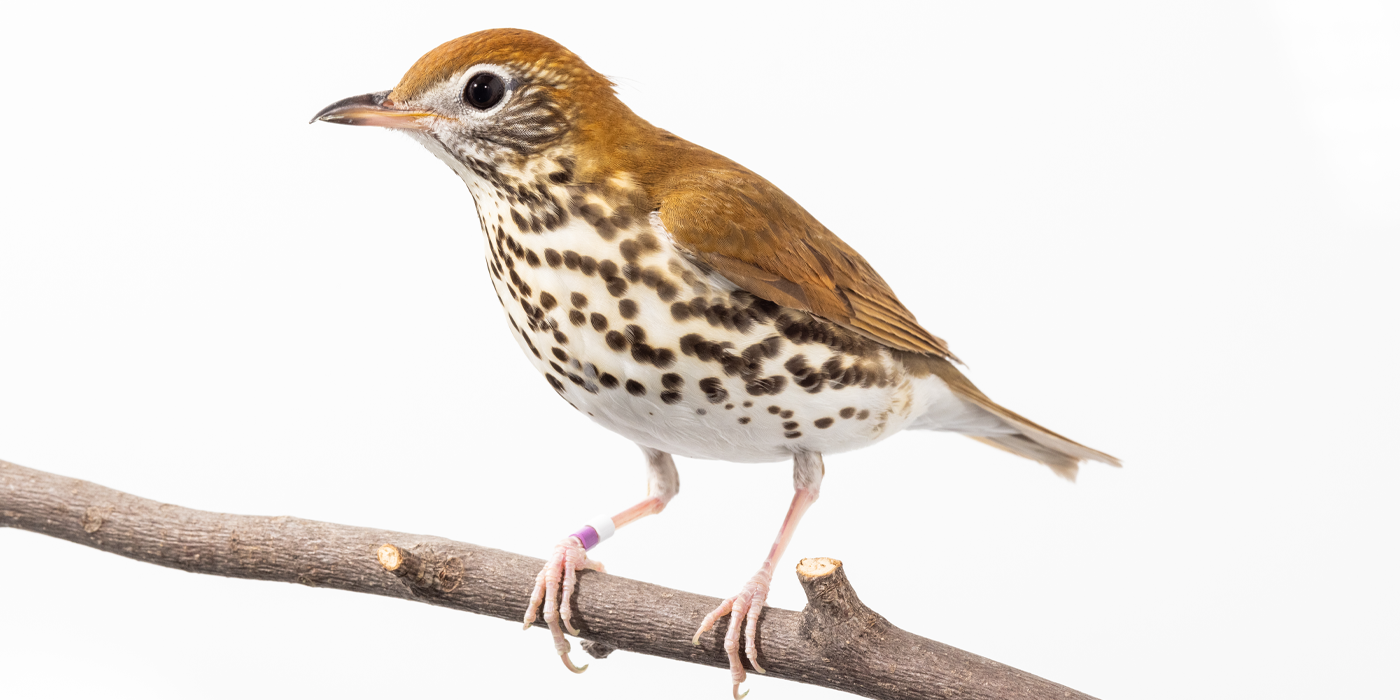
The newly renovated Bird House tells the important story of migratory birds. Wood thrushes are one example of an iconic migratory bird whose population is declining in North America. These birds hold a particularly special place here because they are the official bird of Washington, D.C. Flutter into how animal keeper Becca Zurlo cares for wood thrushes in the new Bird Friendly Coffee Farm aviary and behind the scenes!
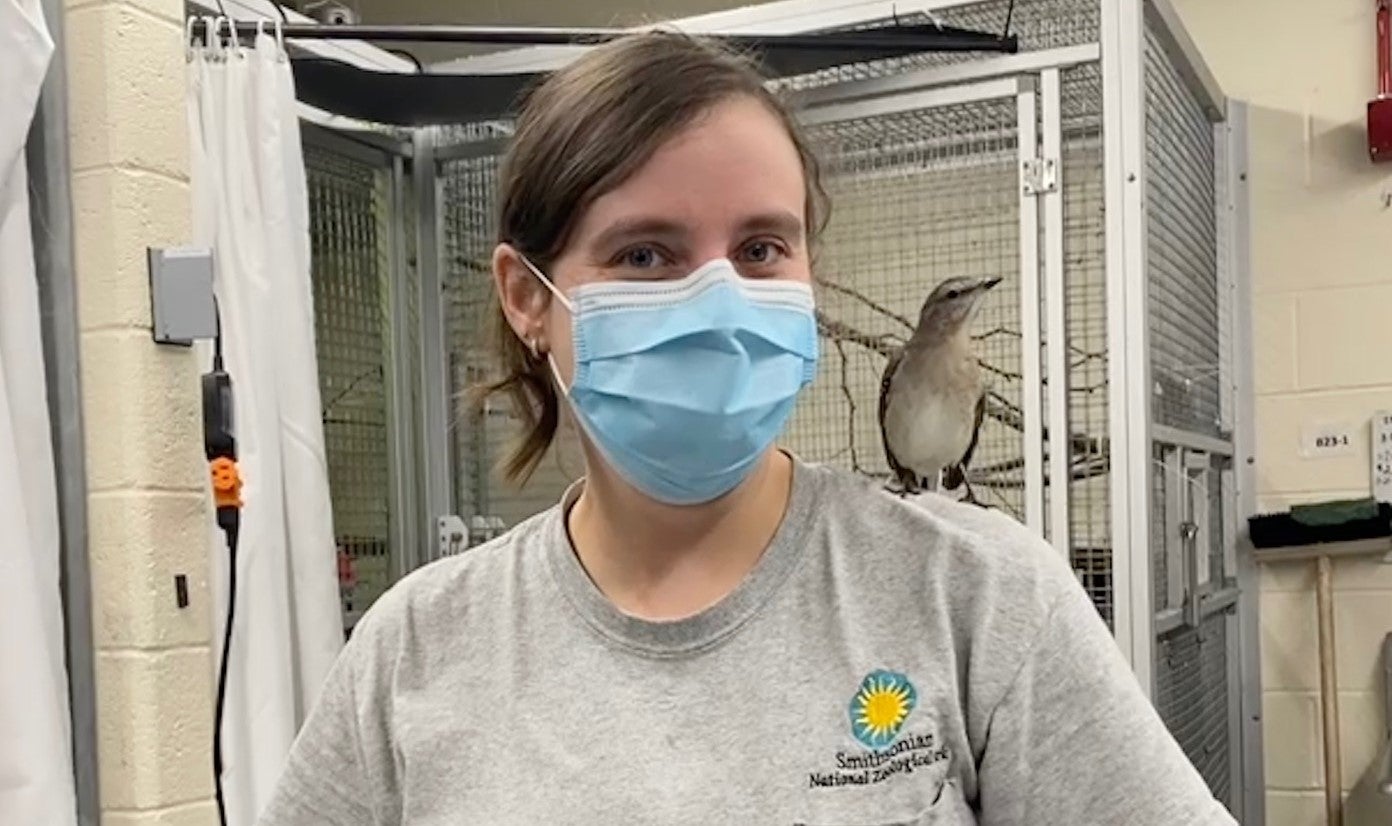
In many ways, my career has come full circle. When I was an intern with the Smithsonian Migratory Bird Center, wood thrushes were the first wild bird species I worked with and now, as a full-fledged keeper, I am working with them again! It’s incredibly rewarding to care for them throughout my career.
Currently, there are 10 wood thrushes living at our Washington, D.C. campus. Visitors to the Bird House may see one pair, Minnie and Mouse, in the Bird Friendly Coffee Farm aviary, while the other eight birds live behind the scenes. Take an up-close look at one the birds behind the scenes in this video:
One of my favorite things about working with wood thrushes is how we are often surrounded by music. Throughout the spring and summer, the males sing their distinctive, flute-like song. They can create this unique song due to a vocal organ called a syrinx. In songbirds like wood thrush, the syrinx consists of two chambers which can be controlled separately — one side produces higher-pitched sounds and the other produces lower-pitched sounds.
Visitors hoping to see this somewhat elusive bird should look down! Wood thrushes spend much of their time on the forest floor foraging for food. To replicate this experience for Minnie and Mouse, keepers place their favorite diet items of waxworms and mealworms on a lunch tray. We then cover the worms with a pile of leaves to encourage the birds to search for their food just as they would in the wild.
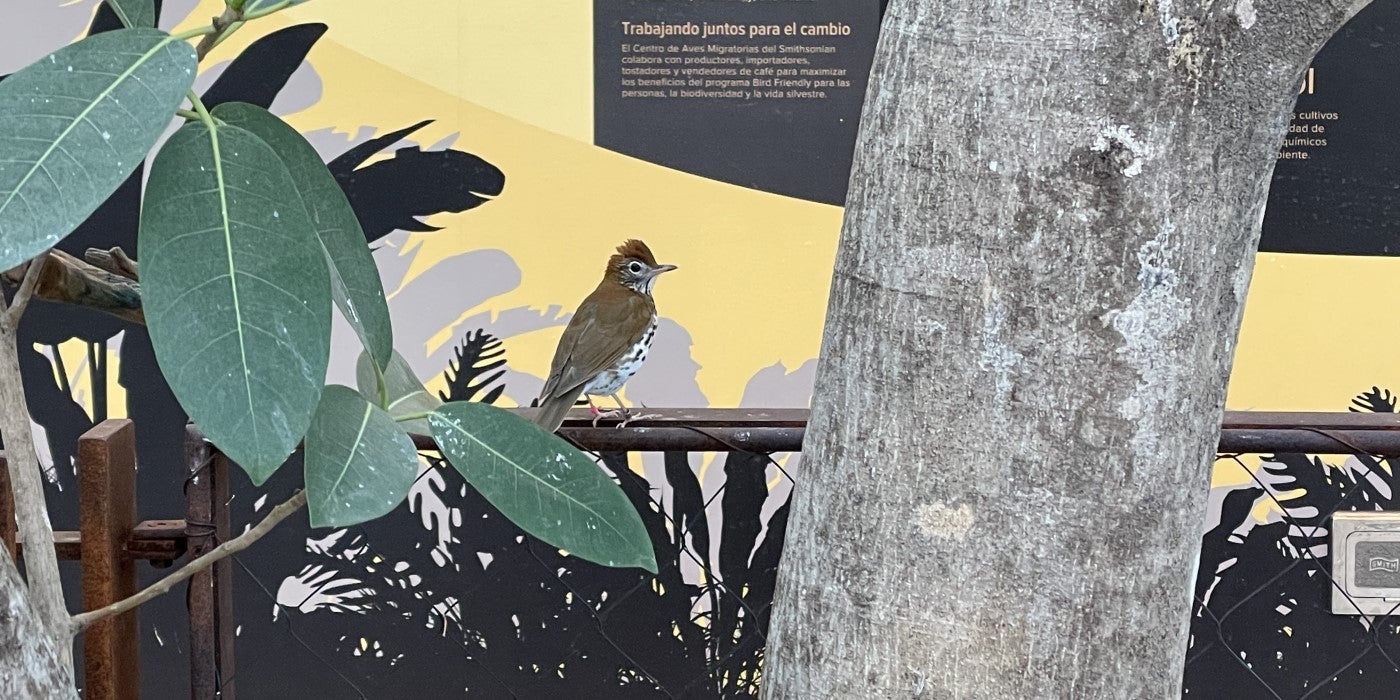
The Bird Friendly Coffee Farm aviary is home to two wood thrushes. Pictured is our male, named Mouse.
Each of the three aviaries in the newly renovated Bird House represents an important point in a migratory bird’s journey. The Bird Friendly Coffee Farm aviary represents the warm, tropical wintering habitats. Many forests in the wood thrushes’ wintering range in Central America have been converted to agriculture, decreasing space for wintering bird populations.
It is estimated wood thrush populations have declined about 60% over the past 50 years. Habitat modification is one of the drivers behind this decline. Wood thrushes rely on large patches of forest on both their breeding and wintering grounds. Small patches of fragmented forests may make their nests more vulnerable to predation or decrease the availability of high-quality food.
A bird friendly coffee farm is built with birds in mind. Coffee is grown under a canopy of tall trees and shrubs. These habitats are crucial for healthy wintering wood thrush populations, while still allowing farmers to grow their crops. Purchasing coffee that is sustainably sourced, like Smithsonian’s Bird Friendly® Coffee, directly helps farmers growing coffee while supporting wood thrushes and other migratory and resident birds.
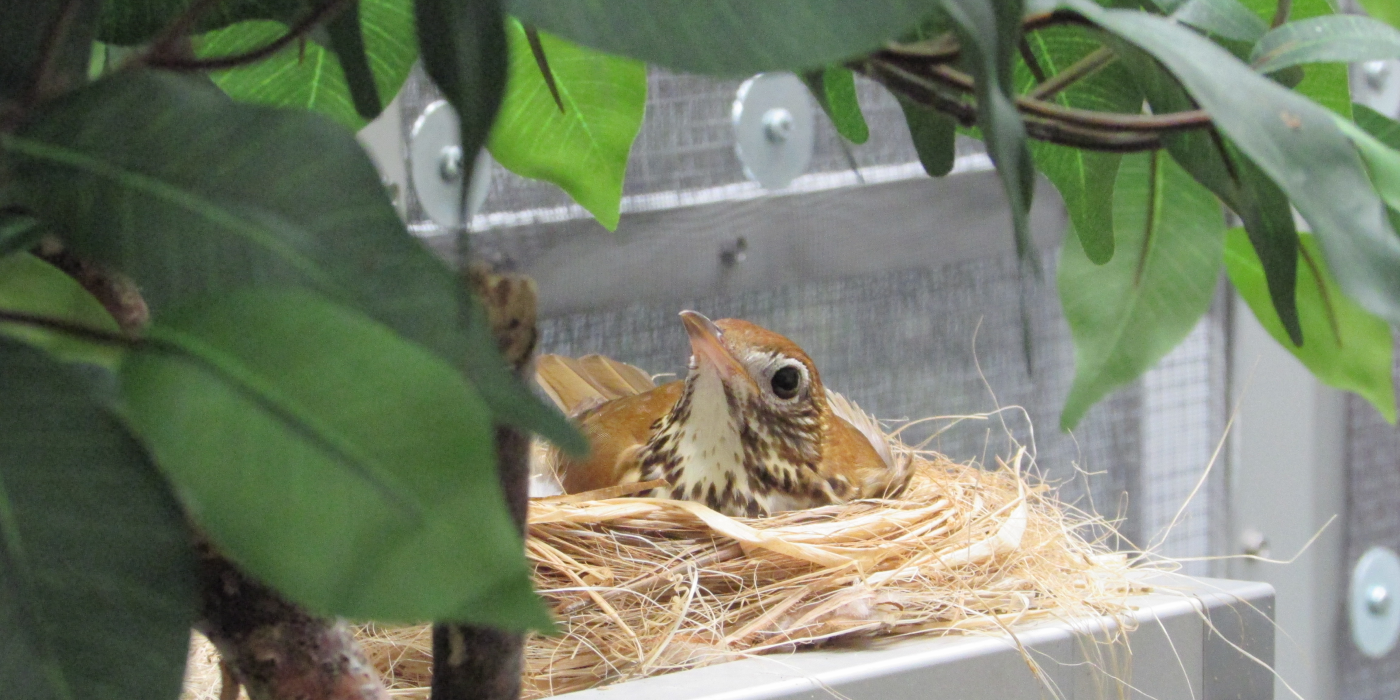
Breeding wood thrushes can be challenging because they have very specific needs that must be met or they will not breed successfully. Starting in the early spring, they increase their intake of insects. We also begin providing the birds nesting materials like pine needles, coconut fibers, mud and even a few pre-made, artificial nest cups. But the most important need is privacy.
If a wood thrush thinks a predator—or curious keeper or observant visitor—has discovered the location of their nest, they will abandon it. This is why our eight breeding wood thrushes live behind the scenes. Smithsonian’s National Zoo and Conservational Biology Institute is one of the only zoos in the country to breed this species in human care. So far, we have had eight surviving chicks from four separate clutches. They are all part of the breeding program; some live here, while others have gone to live at other zoos across the country.
During one breeding season, a pair of thrushes with chicks were housed in the same room but in a different enclosure than one of our single males, Woody. Woody could hear the chicks begging their parents for food but could not see them because he was on the other side of the room. He started gathering insects in his mouth and carrying them around looking for the chicks to feed even though they were not his! We all enjoyed seeing him demonstrate his fatherly instincts.
The goal of the wood thrush breeding program is to learn how to breed this declining species before they become rare. I am very proud to be a part of this trailblazing breeding program!
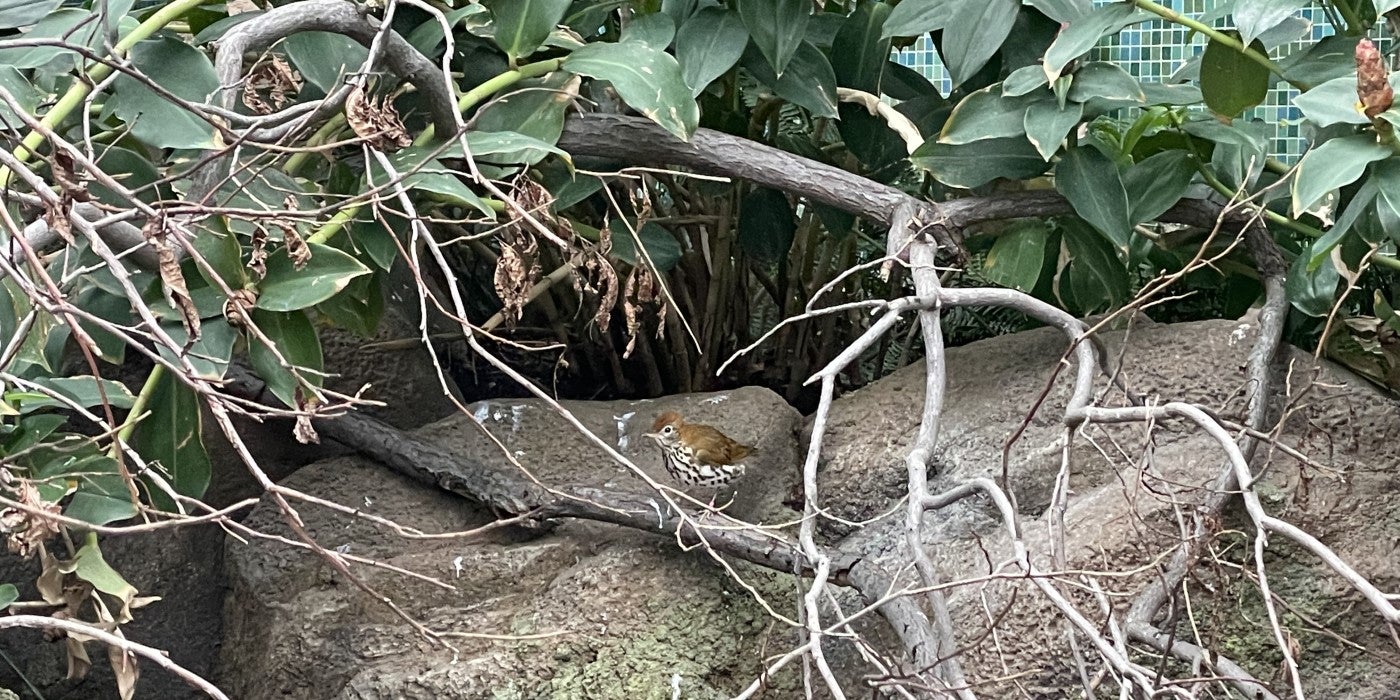
My advice to anyone looking to work with birds is to volunteer with local bird-focused organizations such as zoos, wildlife rehabilitation centers or a local Audubon group. Gain as much hands-on experience and knowledge that you can!
Fly over to the newly renovated Bird House starting March 13! Plan your visit today.
Wondering how we care for our other animals? Read a variety of stories from all over Smithsonian’s National Zoo and Conservation Biology Institute here.

